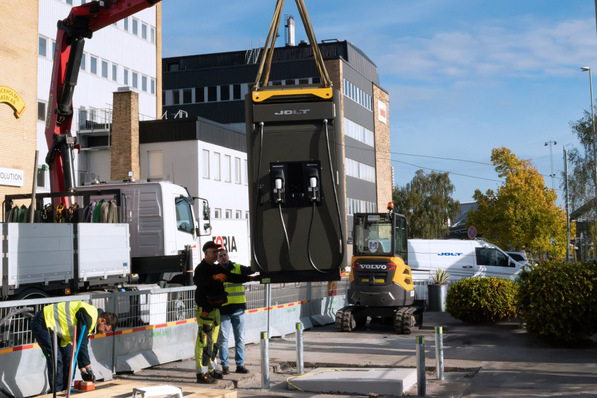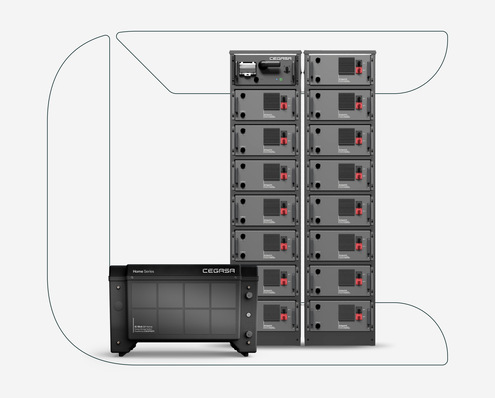Battery storage has the potential to ease grid capacity shortages and support the broader shift to electrification. Yet despite its promise, the technology remains underutilised. In many regions, grid operators face long queues for battery connections.
Battery storage enables expansion of PV charging infrastructure at Postnord TPL
“Batteries are not a threat to the grid, they are part of the solution. With the right management, they create space in the grid for the few hours a year it is needed,” says Anna Werner, CEO of Solenergi.
New report shows solutions
The report ‘Grid connection of battery storage’ highlights several structural barriers to more batteries on the grid. Grid owners cite a lack of space in the grids and the fact that they cannot predict how batteries will be used to help or hinder the grid. However, according to the Swedish Energy Markets Inspectorate (Ei), there are a number of possible tools to manage batteries in a way that they provide space when needed, such as customised tariffs and flexibility procurement.
Sweden: New guide for emergency operation of residential PV
The report examines the tools used by electricity grid companies to use batteries to create flexibility in the electricity grid. The study shows that their use is very limited, which is partly explained by the fact that grid companies find them difficult to apply.
Suggested proposals
Against this backdrop, Swedish Solar Energy has issued a set of recommendations:
- Changing the revenue framework for the grid companies so that it favors flexibility before the grid is expanded.
- Encouraging grid companies to adopt tools proposed by the Swedish Energy Markets Inspectorate (Ei) that enable batteries to free up capacity
- Prohibiting grid operators from rejecting connection requests on the grounds of insufficient capacity
The report is the first major review of the regulatory framework for connecting batteries to the grid in Sweden. (hcn)









